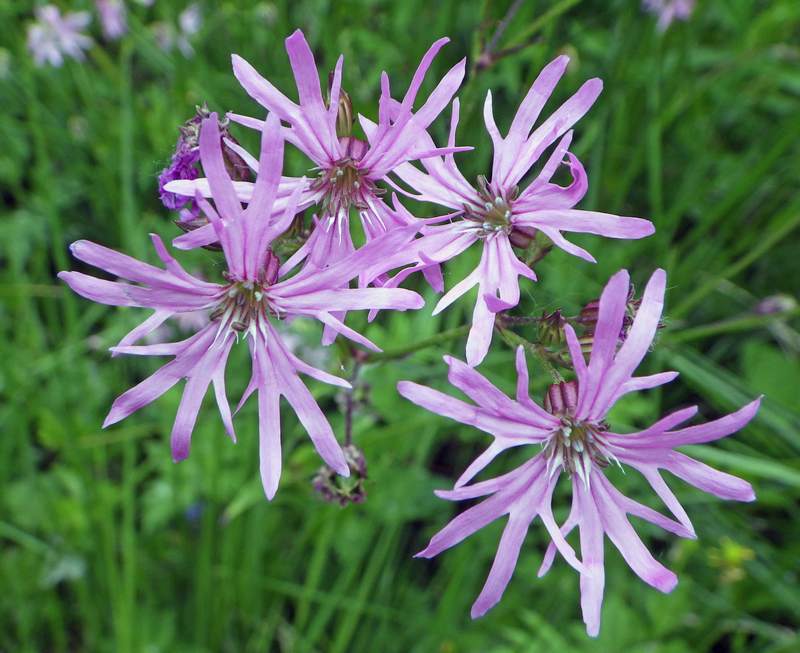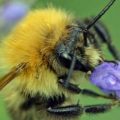Ragged robin Silene flos-cuculi
Table of Contents
An attractive, native wildflower that produces masses of deep pink frothy, ragged flowers, It a moisture loving plant that thrives in marshes and damp woodland and meadows, unfortunately numbers are in decline due to habitat loss.

Plant family: Caryophyllaceae
Aliases: Crow flower, Indian pink, meadow pink
Flowering period: May – July
Flower colour: Pink , Deep-pink
Preferred soil type: Moist
Habitat: Grassland, marshland, pond margins, open woodland
Status: In decline
General information
A distinct, herbaceous, perennial plant, native to Europe and Asia, reaching nearly a meter in height It prefers to grow in damp sunny locations, but does not like too much completion from other plants and vegetation.
It was once very common in wet, boggy areas, such as marshes, damp meadows and pastures in the UK, but with the increase in modern farming practices, namely the drainage of damp areas, it has steadily been in decline along with other plants favouring damp habitats.
Identification
Flowers: The deep-pink flowers measuring between 30-40mm in diameter are produced in loose clusters on tall stems. Each flower has 5 deeply divided petals, with each petal divided into 4 further narrow lobes, giving it a very ragged appearance (hence the name).
Leaves: The basal leaves are opposite, stalked and oblong-spoon shaped, while the upper stem leaves are borne in opposite pairs, linear-lanceolate in shape with pointed tips.
Value for wildlife
Ragged robin is featured on the RHS Perfect for Pollinators list as it provides a valuable source of pollen and nectar attracting both honey and bumble bees and several species of butterfly.
Uses for ragged robin
The roots of this plant contain saponins (a soap substitute) used for washing fabrics and hair. In days gone by it was believed ragged robin could cure headaches and toothache.
Ragged robin images
Click to enlarge

This work is licensed under a Creative Commons Attribution 4.0 International License.
You are free to use, share and adapt any of the images on this page, under the condition we receive a followed backlink to our website https://diversegardens.co.uk as the image source.

















